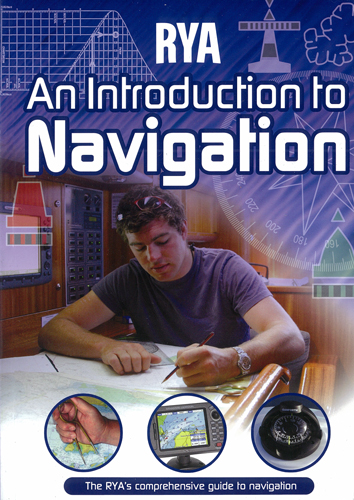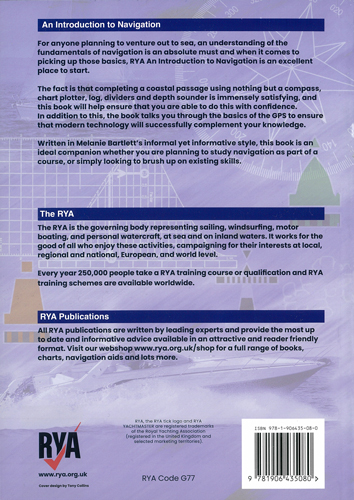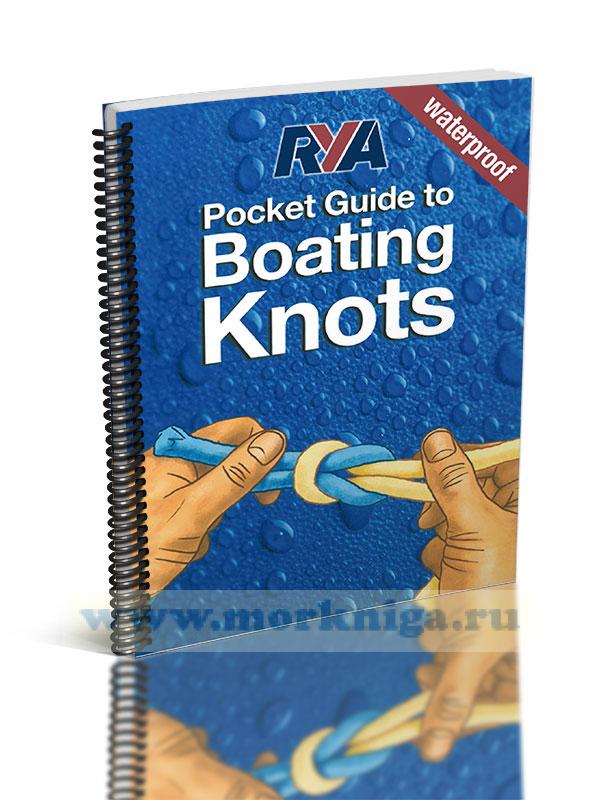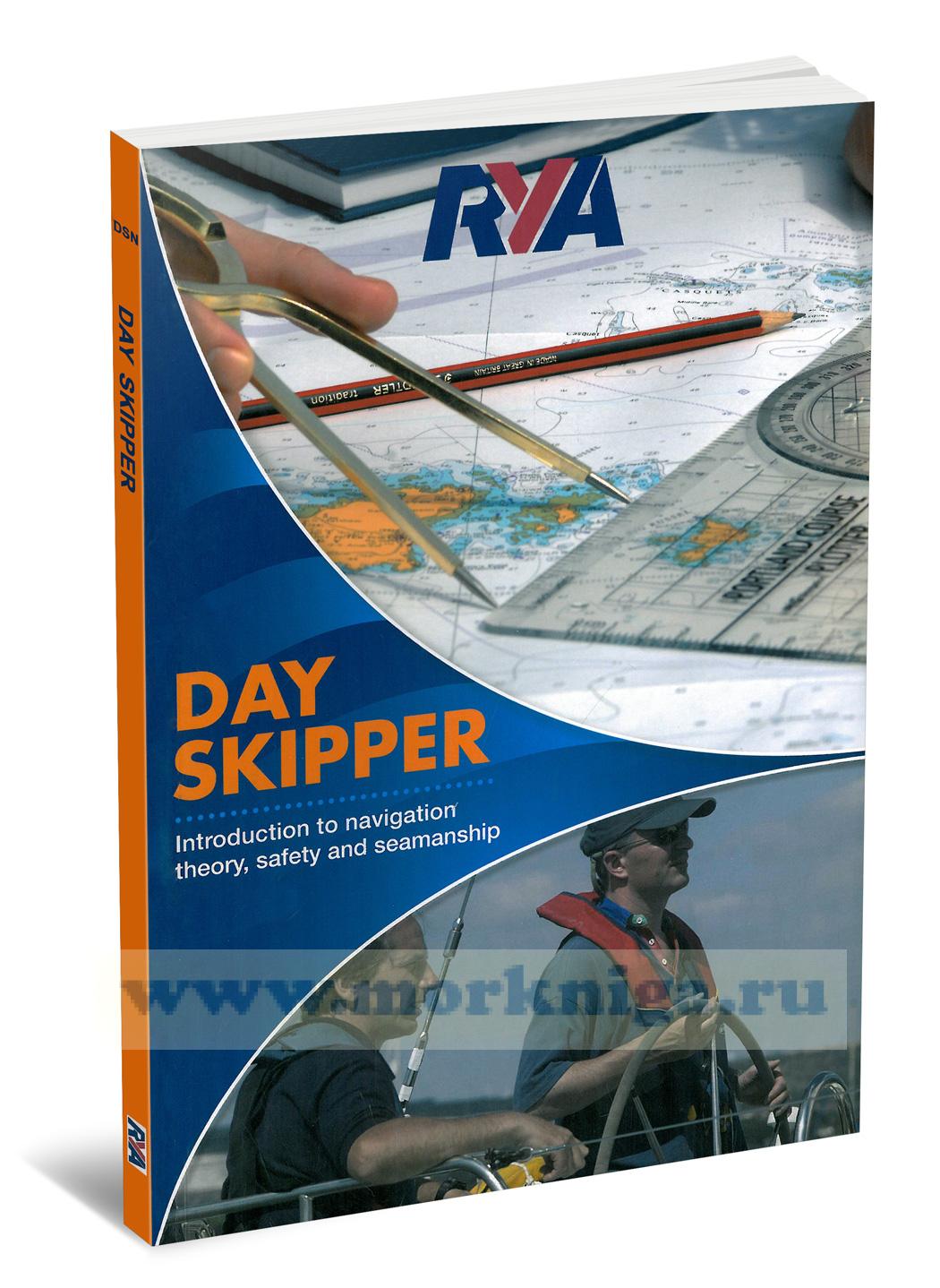Сб с 10 до 16
RYA An Introduction to Navigation/Введение в навигацию
Издание на английском языке
Издание на To the untrained eye, navigation can appear a devilishly complicated business, but the fact is that sailors from every walk of life have been using the same basic principles for centuries and you certainly don’t need to be a rocket scientist to navigate a coastal passage safely and competently.
Navigation is a vital skill to have when you are afloat. Yet, in an age of GPS, it is all too tempting to rely on modern technology to find your way.
Without a firm grasp of the basics, however, you will never be able to navigate with the confidence and assurance that true knowledge gives you.
Tim Bartlett is the ideal author to introduce you to the basics. Hugely experienced as an RYA Yachtmaster Instructor, he also presents the subject in an informal and user friendly style which ensures that the novice is not intimidated.
This book will leave you wanting to learn more, and this is important, as there are few greater pleasures afloat than safely navigating your boat to a safe haven, using skills that are centuries old.
Contents
1 Introduction
Marine maps
The coastline
Depth information
Symbols and abbreviations
Latitude and Longitude
2 Direction and Distance
Distance
Direction
Using a steering compass
Using a hand bearing compass
Compass errors
Checking for deviation
Measuring direction on a chart
Using a Breton Plotter
Measuring depth
Different kinds of direction
3 GPS
Basic operation
Basic functions
Plotting GPS positions
4 Visual fixing
The simplest fix of all
Position line fixes
Other position lines
The paperwork
5 Tides
Sea level
So how deep is it?
Tide tables
Tidal Streams
6 Buoys
Cardinal marks
Lateral marks
Miscellaneous marks
Charted information
7 Pilotage
Buoy hopping
Transits
Planning pilotage
Putting it into practice
8 Passage planning
SOUXS requirement
Practical factors
Aids
The route
Bolt-holes
Glossary
Indeх





 RYA Pocket Guide to Boating Knots. Карманный справочник RYA по лодочным узлам
RYA Pocket Guide to Boating Knots. Карманный справочник RYA по лодочным узлам  RYA Day Skipper - Practical Course Notes. Практические заметки по курсу
RYA Day Skipper - Practical Course Notes. Практические заметки по курсу  RYA Day Skipper. Дневной шкипер
RYA Day Skipper. Дневной шкипер